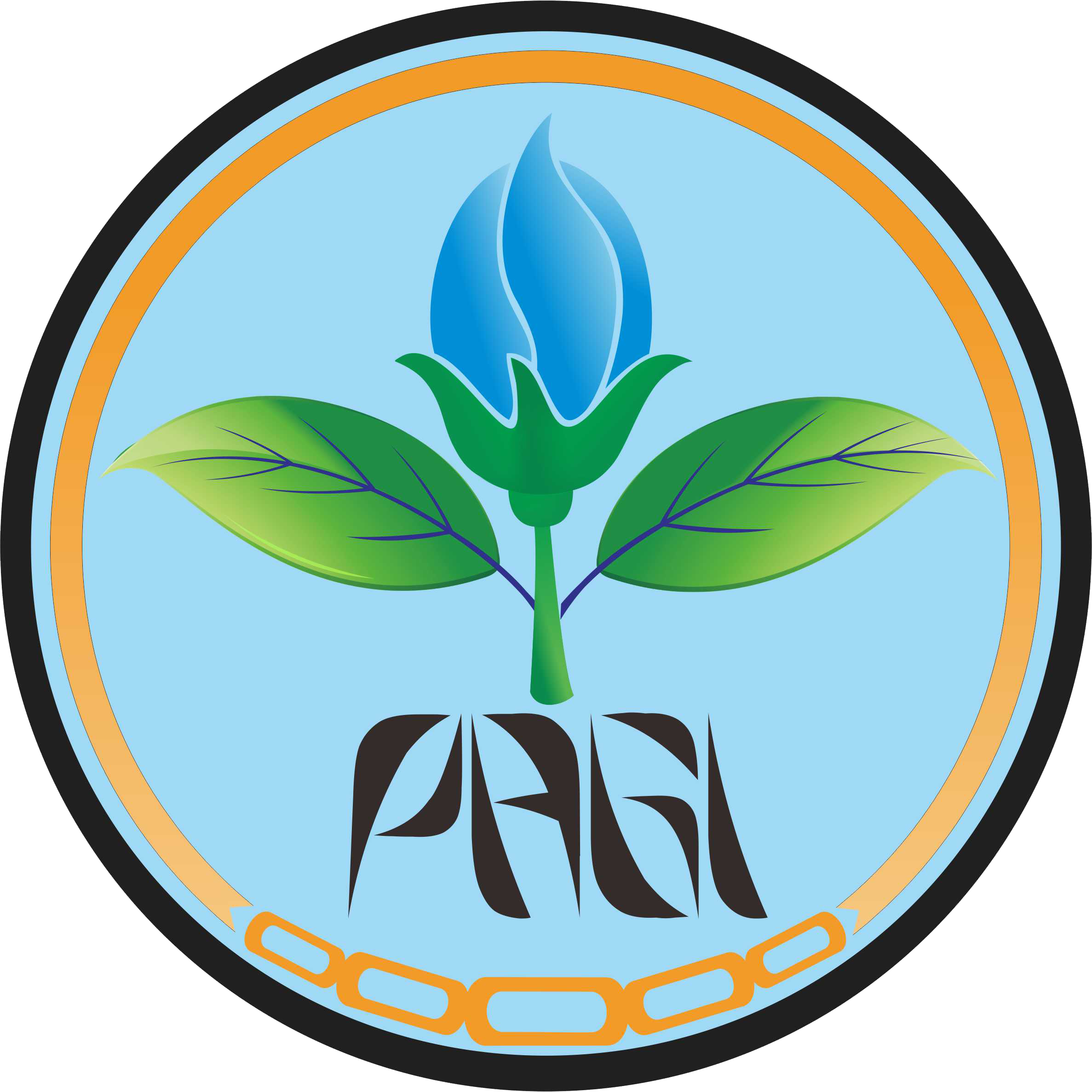Potensi Komunitas Bakteri Simbion Cacing Tanah Vermiwash dalam Memproduksi Fitohormon IAA pada Jagung
Abstract
Bacteria living in the digestive system of earthworms (Eudrilus eugeniae) can play a role in transforming organic compounds found in the organic matter digested by the worms into simple compounds, including compounds containing indole. During the fermentation process in vermiwash, bacteria will consume the organic matter in worm waste and produce IAA as a byproduct of metabolism. This research aims to analyse the potential symbiotic bacterial communities in vermiwash from earthworms (African Night Crawler) in producing the plant hormone IAA (Indole Acetic Acid). The research method involves collecting vermiwash from earthworms and analysing its symbiotic bacterial composition. Symbiotic bacterial isolates from vermiwash were tested for their ability to produce IAA through biochemical techniques, followed by bioinformatic analysis. The research results show that vermiwash contains a potential symbiotic bacterial community capable of producing IAA. Three isolates out of 10 types of symbiotic bacteria yielded positive results by showing a pink colour change after adding the Salkowski reagent. Therefore, these symbiotic bacteria can be utilized as a source of the plant hormone IAA, which can be used as organic fertilizer. Increased IAA production in vermiwash, can accelerate plant growth, enhance root formation, and optimize overall plant production. The application of a bacterial consortium can significantly influence the plant height, leaf area, and root length while having a non-significant impact on the stem diameter of corn.
Keywords
Full Text:
PDF(ID)References
Ahmad J, Lamangantjo CJ, Uno WD, Husain IH. 2022. Potential of siam weed (Crhomolaena Odorata) as fertilizer and liquid pesticide and its applications to increase crop production. J Biol Trop. 22(2):415–424. https://doi.org/10.29303/jbt.v22i2.3108.
Apriliya I, Prasetyo D, Remila S. 2020. Isolasi bakteri rhizosfer resisten pestisida dan herbisida pada berbagai jenis tutupan lahan. Agrotekma. 5(1):64–71.
Arifiani RN, Lisdiana L. 2021. Potensi isolat bakteri endofit pada akar tanaman jagung (Zea mays) sebagai penghasil hormon Indole Acetic Acid. LenteraBio Berk Ilm Biol. 10(3):285–291. https://doi.org/10.26740/lenterabio.v10n3.p285-291.
Asri AC, Zulaika E. 2016. Sinergisme antar isolat Azotobacter yang dikonsorsiumkan. J Sains dan Seni ITS. 5(2):57–59.
Astriani M, Murtiyaningsih H. 2018. Pengukuran Indole- 3-Acetic Acid (IAA) pada Bacillus sp. dengan penambahan L-Tryptopan. Bioeduscience. 2(2):116–121. https://doi.org/10.29405/j.bes/22116-1212233.
Bulu S, Ledo MES, Rupidara ADN. 2019. Identifikasi morfologi bakteri asam laktat pada nira segar lontar (Borassus flabellifer Linn). Jambura Edu Biosf J. 1(2):47–52. https://doi.org/10.34312/jebj.v1i2.2518.
Ed-Har AA, Widyastuti R, Djajakirana G. 2017. Isolasi dan identifikasi mikroba tanah pendegradasi selulosa dan pektin dari rhizosfer Aquilaria malaccensis. Bul Tanah dan Lahan. 1(1):58–64.
Govindarajan B, Prabaharan V. 2015. Gut bacterial load analysis of earthworms (Eudrilus eugeniae) a controlled laboratory study. Eur J Environ Ecol. 2(2):1–6.
Gowsalya P, Vasuki A. 2020. Efficacy of coconut water, Vermiwash and neem extract on plant growth and rhizosphere bacterial enhancers towards soil sustainability. Int J Adv Sci Eng. 7(1):1600–1613. https://doi.org/10.29294/ijase.7.1.2020.1600-1613.
Hazra F, Dianisa N, Widyastuti R. 2018. Kualitas dan produksi Vermikompos menggunakan cacing African Night Crawler (Eudrilus eugeniae). J Ilmu Tanah dan Lingkung. 20(2):77–81. https://doi.org/10.29244/jitl.20.2.77-81.
Hidayati N, Hamim H, Mubarik NR. 2017. Aplikasi pupuk hayati (Plant Growth Promoting Rhizobacteria) yang telah disimpan terhadap pertumbuhan tanaman jagung Var. Bisma. Maduranch. 2(1):13–22.
Ikhwan A, Septia ED, Sholihah A. 2023. Characterization of rhizobacteria secondary metabolites on maize (Zea mays) in marginal land. IOP Conf Ser Earth Environ Sci. 1172(1):012004. https://doi.org/10.1088/1755-1315/1172/1/012004.
Iqbal S, Hayat F, Mushtaq N, Khalil-ur-Rehman M, Khan U, Yasoob TB, Khan MN, Ni Z, Ting S, Gao Z. 2022. Bioinformatics study of Aux/IAA family genes and their expression in response to different hormones treatments during Japanese apricot fruit development and ripening. Plants. 11(15):1898. https://doi.org/10.3390/plants11151898.
Nayak H, Rai S, Mahto R, Rani P. 2019. Vermiwash: A potential tool for crop production in organic agriculture. J Pharmacogn Phytochem.(January):308–312.
Prabina BJ, Devi TS, Kumutha K. 2018. Developing and evaluating neem leaf Vermiwash as organic plant growth promoter. Int J Curr Microbiol Appl Sci. 7(1):859–866. https://doi.org/10.20546/ijcmas.2018.701.104.
Ramadhan AR, Oedjijono O, Hastuti RD. 2017. Efektifitas bakteri endofit dan penambahan Indole Acetic Acid (IAA) dalam meningkatkan pertumbuhan tanaman padi Oryza sativa L. Scr Biol. 4(3):177–181. https://doi.org/10.20884/1.sb.2017.4.3.542.
Septia ED, Parlindo F. 2019. Keanekaragaman dan sebaran mikroba endofit indigenous pada tanaman kedelai (Glycine max (L.) Merril). Agriprima J Appl Agric Sci. 3(1):1–14. https://doi.org/10.25047/agriprima.v3i1.159.
Spaepen S, Vanderleyden J. 2011. Auxin and plant-microbe interactions. Cold Spring Harb Perspect Biol. 3(4):1–13. https://doi.org/10.1101/cshperspect.a001438.
Wirosoedarmo R, Santoso SE, Anugroho F. 2019. Pengaruh pemberian media berbahan limbah kotoran sapi dan blotong tebu terhadap bobot dan kadar protein cacing African Night Crawler (Eudrilus eugenia). J Sumberd Alam dan Lingkung. 6(1):33–40. https://doi.org/10.21776/ub.jsal.2019.006.01.5.
Refbacks
- There are currently no refbacks.






